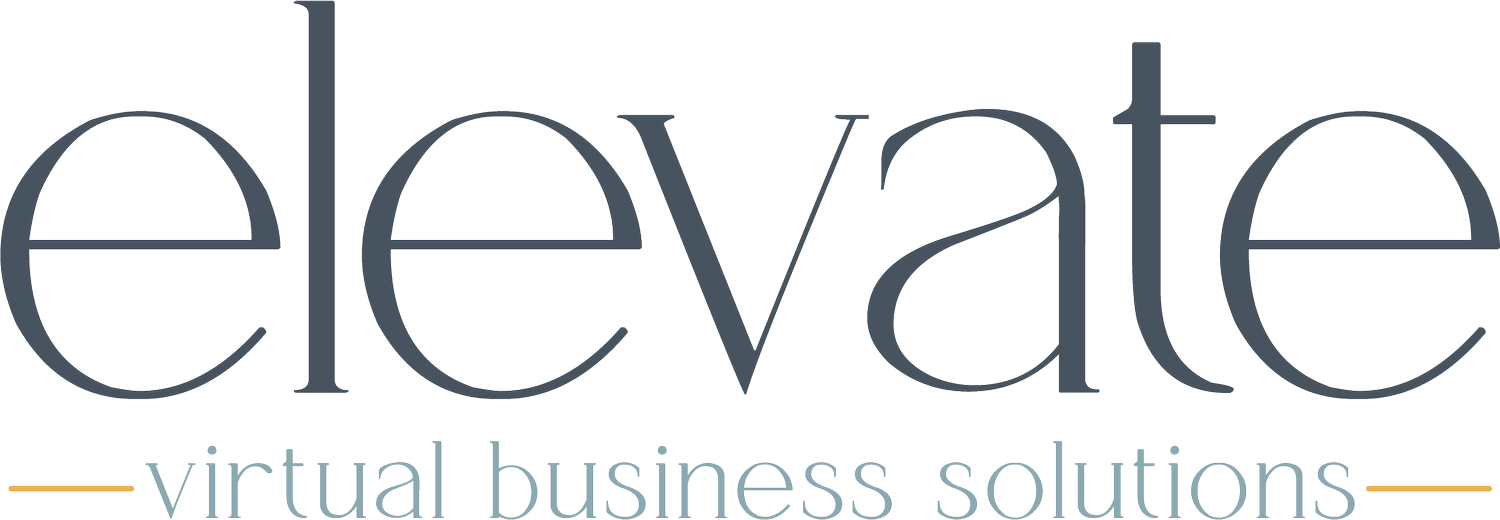Elevate’s Best Practices for Inbox Management
If you’ve ever opened your email inbox and been overwhelmed, you’re not alone.
But a messy inbox may be costing you more than just stress – it can lead to a huge loss of time, resulting in decreased productivity and overall business growth.
We manage our clients’ inboxes like well-oiled machines every day, and today our Executive Assistants are sharing our best practices for inbox management with you directly!
Inbox management struggles
Most inbox problems occur in one of these common situations or scenarios:
Too much junk mail or marketing/promotional emails
Too many emails, in general
Important emails lost in the chaos
No communication guidelines
Lack of labels and/or folders
Rewriting similar email responses over and over
Not using filtering correctly (or at all)
Understanding where you’re struggling to maintain your inbox will help you pinpoint your specific problem.
Once you know where you’re getting stuck (it may be in more than one place!), you can implement the best practices we’re sharing to solve your inbox headaches.
Best practices for an organized inbox
Overall, our best tip is to partner with an EA to manage your inbox for you. If you do have someone helping you, it’s crucial that you establish set times for each of you to be actively working in your inbox so you aren’t both in there moving things around at the same time.
The rest of our best practices include:
Establish what you want your inbox to look like: There’s no “right” way to manage an inbox. It should be based on how you want to manage things.
Delete any unnecessary emails and unsubscribe from all superfluous emails
Establish folders based on your needs and preferences: These can include options like waiting, to do, EA, end of day, end of week OR review today, attention later, leisure read
Filter out Google Calendar notifications, notifications within Google Docs, emails from Zoom, and similar type notifications
Use a color coding system to make important emails stand out
Establish who will respond to certain emails and follow a consistent system
Create templated responses you can copy and paste for repeated responses
Create a multi-inbox view with labeled folders on the right and the active inbox on the left
Need help with your inbox management?
Implementing these best practices will help you organize even the messiest inbox!
If you need a professional EA to step in, create a tailored inbox management system, and maintain organization and systems across your entire business, check out our Executive Assistant services! We’d love to partner with you.
